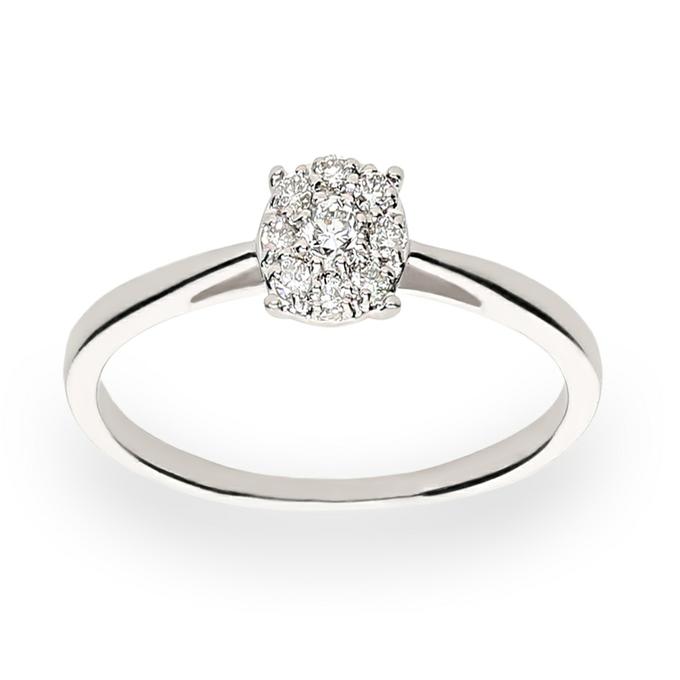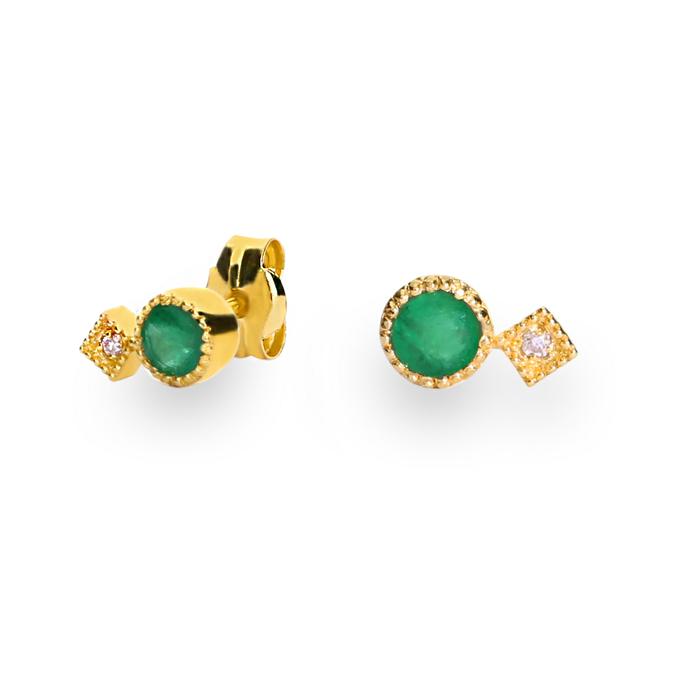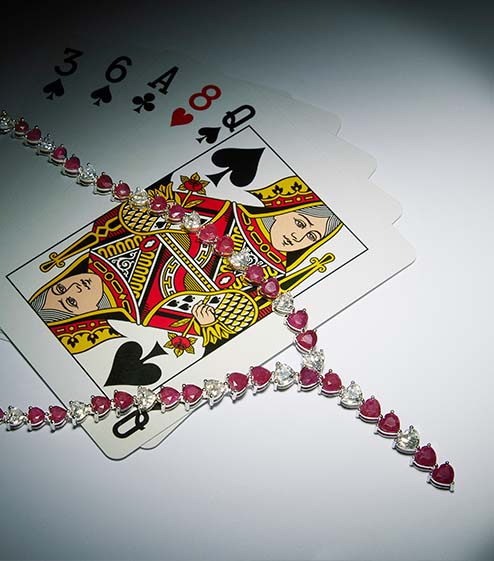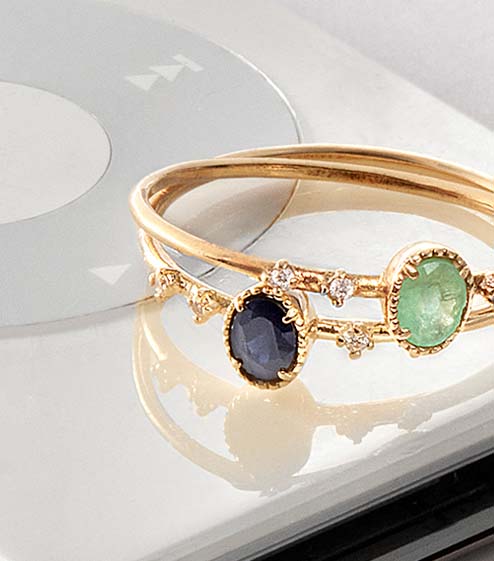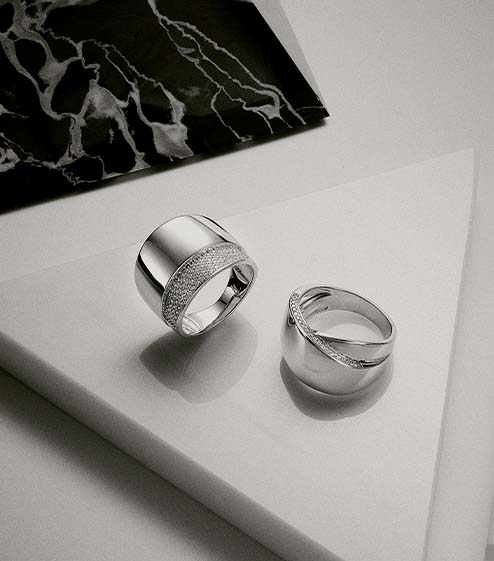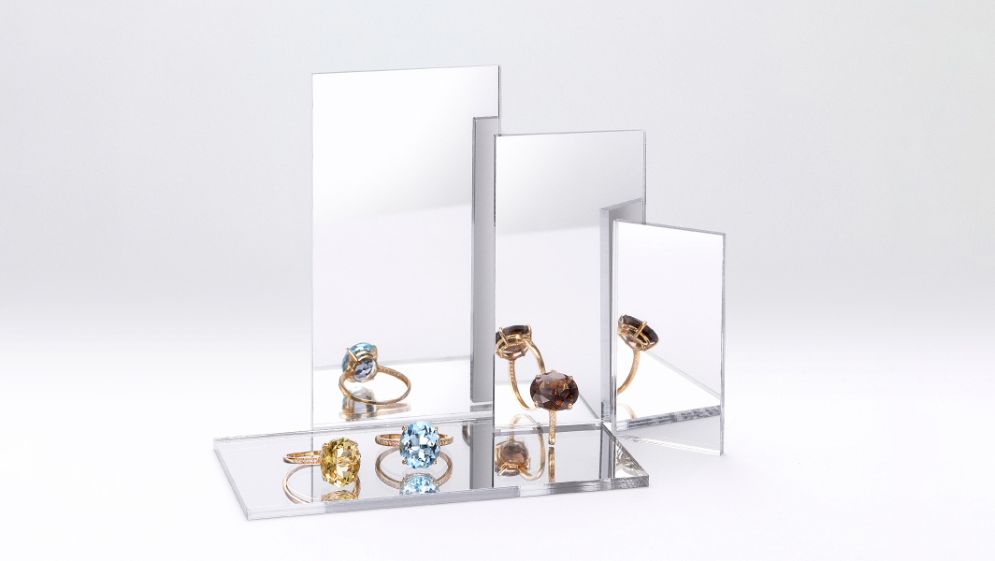

Precious stones with their names
In the world of jewelry there are different gems. Find out what the gemstones are and their names.

The world of jewelry may be unknown to many, but it is tremendously attractive and captivating. One of the most interesting parts is that of the precious gems, since they have always been a very precious asset and make up unique pieces that will multiply the beauty of any jewel. Discover what these precious stones are with their names and all their most interesting data.
Gemstones and names
Precious stones are minerals, that is, inorganic substances of natural origin with specific characteristics that must meet three criteria to be considered precious: beauty, durability and scarcity.
- Beauty refers to color, brightness, transparency and purity.
- Hardness has to do with the durability of the gem and is measured from 1 to 10 on the Mohs scale.
- Scarcity is the rarity or difficulty of finding them in nature.
This classification was made for the first time in the 19th century and only four precious stones were established as such. Gemstone names are diamond, emerald, ruby, and sapphire. They are gems with great value and are located in different geographical areas of the map.
Although their origin is natural, precious stones can also be synthetic, that is, created intentionally by the hand of man, but reproducing the original environment and with the same characteristics as natural ones. In this way, real gemstones originate, but in the laboratory.
In addition to being used in jewelry and ornamental items, precious stones have historically been attributed numerous benefits and properties that are still maintained today.
Diamond
The name of this precious stone derives from the Greek adamas and means indomitable. This precious stone is the only one composed of only one element, carbon, and it has a 10 out of 10 on the Mohs scale, being the hardest known mineral. Although diamonds are always associated with being transparent and colorless, there are also some colored ones.
Symbol of exclusivity, resistance and love, diamonds are also used in industrial sectors for their great hardness and their ability to conduct heat.
Ruby
Rubies are the red variety of corundum, one of the hardest minerals in existence with a 9 out of 10 on the Mohs scale (second hardest after diamond). Its particular red color comes from iron and chrome. It should be noted that only between 1% and 5% of the rubies extracted are used in jewelry.
This precious stone gets its name from the Latin ruber, which means "red", which refers to the color that characterizes it. Associated with power and courage, it was not uncommon to see this stone embedded in clothes or elements that accompanied members of royalty and warriors to guarantee their protection.
Emerald
The emerald belongs to the beryl family. It has a remarkable hardness, an 8 out of 10 on the Mohs scale, and owes its green color to the presence of chrome in its composition. The name of the gemstone derives from the Greek smaragdos, which literally means "green stone" and are more common when they are opaque, so the more transparent stones are highly valued. It is remarkable that only 30% of the emeralds extracted are used in jewelry.
Historically, healing properties have been attributed to this gemstone, but it is also associated with well-being and hope.
Sapphire
Sapphires also belong to the corundum family, like rubies, but differ from them in that sapphire includes all other corundum gems of a color other than red. The hardness of this gem is also 9 out of 10 on the Mohs scale. Generally, sapphire is known as blue sapphire, since this color is the most precious and owes its color to the mixture of aluminum, iron and titanium oxide.
This gemstone gets its name from the Hebrew word safir, which means "neat," and symbolizes sincerity and truth.
What are semiprecious stones?
Although there are many spectacular gems, precious stones must be differentiated from semi-precious stones. There are about 130 mineral species classified as semi-precious (along with amber, which is a fossilized vegetable resin) and that do not meet the conditions of precious stones, but have their own characteristics and a different value between them.
Some examples of semiprecious stones are amethyst, lapis lazuli, aquamarine, quartz or topaz.
Now that you know the precious stones and names, do not forget to consult our catalog to find your favorite jewels.
*This translation has been generated automatically.


